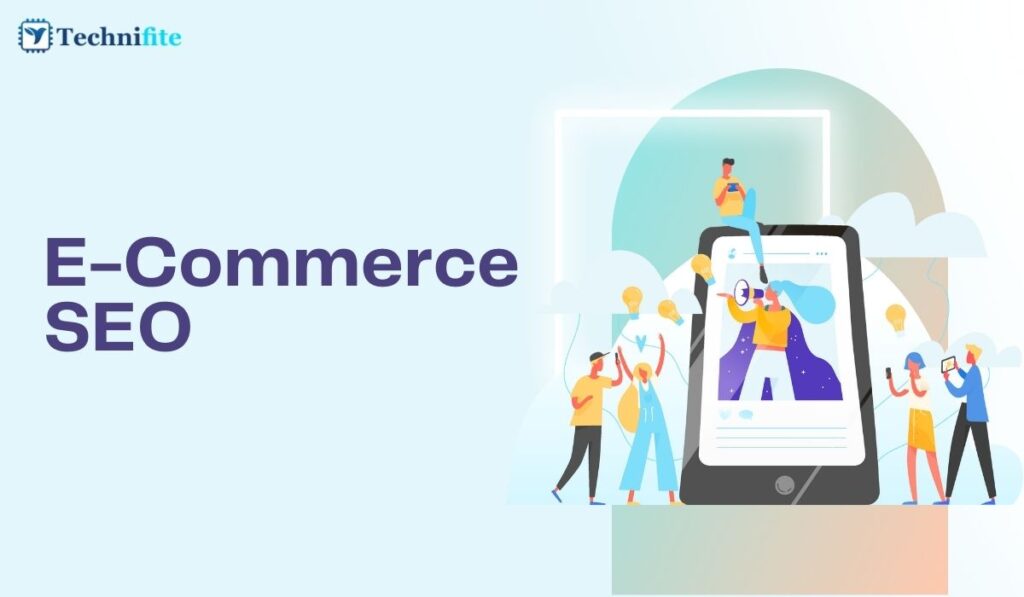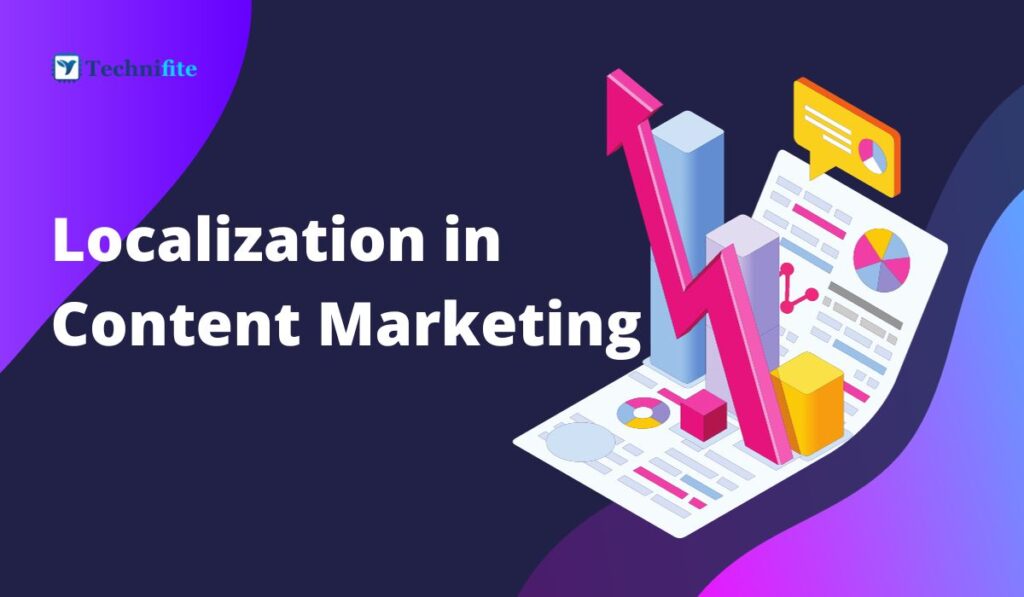In the ever-evolving landscape of e-commerce, where competition is fierce and consumers are spoilt for choice, standing out from the crowd is paramount. One of the most effective strategies to achieve this is through search engine optimization (SEO). E-commerce SEO isn’t just about driving traffic to your online store; it’s about driving the right traffic, engaging users, and boosting sales. In this comprehensive guide, we will delve deep into the world of e-commerce SEO and explore the strategies that can significantly increase your online sales.
The Significance of E-Commerce SEO
Before we delve into the strategies, let’s understand why e-commerce SEO is essential for your online store:
1. Enhanced Visibility
E-commerce SEO improves your store’s visibility on search engine results pages (SERPs). When your products rank higher, they are more likely to be discovered by potential customers, increasing your chances of making a sale.
2. Targeted Traffic
By optimizing your product pages and content, you attract visitors who are actively searching for the products you offer. This means your traffic is more likely to convert into sales.
3. Credibility and Trust
High search engine rankings often equate to credibility in the eyes of consumers. Shoppers are likelier to trust and buy from stores that appear prominently in search results.
4. Cost-Effective
Compared to paid advertising, e-commerce SEO is a cost-effective strategy for long-term growth. Once your pages rank well, you don’t have to pay for clicks.
Strategies for E-Commerce SEO Success
Now, let’s explore the actionable strategies that can lead to e-commerce SEO success and ultimately boost your online sales:
1. Comprehensive Keyword Research
Begin by conducting thorough keyword research:
- Identify product-related keywords that potential customers are likely to use in search queries.
- Utilize keyword research tools like Google Keyword Planner, SEMrush, and Ahrefs to discover high-converting keywords.
- Consider long-tail keywords, which often have lower competition and can attract highly targeted traffic.
2. Optimize Product Pages
Your product pages are the heart of your e-commerce site. Optimize them for SEO and user experience:
- Use descriptive and unique product titles and meta descriptions that include relevant keywords.
- Write compelling product descriptions highlighting features, benefits, and unique selling points.
- Include high-quality images and, if possible, videos that showcase your products from different angles.
3. User-Friendly Site Structure
Ensure your website has an intuitive and user-friendly structure:
- Use clear and concise navigation menus that make it easy for visitors to find products.
- Implement breadcrumbs to enhance navigation and improve the user experience.
- Create user-friendly URLs that are descriptive and contain relevant keywords.
4. Mobile Optimization
Given the increasing number of mobile shoppers, your e-commerce site must be mobile-responsive:
- Implement responsive web design to ensure your site functions seamlessly on various screen sizes.
- Optimize images and videos for faster loading on mobile devices.
- Consider implementing Google’s AMP (Accelerated Mobile Pages) to enhance mobile user experience.
5. Content Marketing
Leverage content marketing to engage and inform your audience:
- Create informative blog posts, product guides, and how-to articles related to your products.
- Use content to answer common questions and provide value to potential customers.
- Encourage user-generated content, such as reviews and testimonials, to build trust and credibility.
6. Secure Your Website
Website security is crucial for both SEO and user trust:
- Implement HTTPS to ensure data security and improve search engine rankings.
- Regularly update and patch your website’s software to protect against vulnerabilities.
- Install an SSL certificate to encrypt data transmission between your site and customers.
7. Rich Snippets and Structured Data
Implement structured data markup (schema markup) to provide search engines with additional information about your products:
- Use schema markup to highlight product details, prices, availability, and ratings.
- Enjoy the potential benefits of rich snippets, which can make your products stand out in search results and increase click-through rates.
8. Customer Reviews and Ratings
Encourage and showcase customer reviews and ratings:
- Display product reviews prominently on your product pages.
- Encourage satisfied customers to leave reviews and respond promptly to any negative feedback.
- Positive reviews and high ratings can influence purchase decisions and improve your store’s reputation.
9. Analyze and Iterate
Regularly analyze the performance of your e-commerce SEO efforts:
- Use tools like Google Analytics and Google Search Console to monitor keyword rankings, traffic, and user behaviour.
- Identify areas for improvement based on data-driven insights.
- Continuously adapt your SEO strategy to evolving algorithms and customer preferences.
Conclusion
E-commerce SEO is an indispensable tool for online retailers looking to boost their sales and stay competitive in the digital marketplace. By implementing these strategies, you can enhance your online visibility, attract targeted traffic, and ultimately increase your online sales. Remember that SEO is an ongoing effort, and staying informed about industry trends and search engine algorithms is crucial for long-term success. Invest in e-commerce SEO, and you’ll reap the rewards of a thriving online store that consistently drives revenue and growth.
Frequently Asked Questions (FAQs)
What is the difference between regular SEO and e-commerce SEO?
While regular SEO focuses on improving the visibility of a website as a whole, e-commerce SEO is tailored specifically for online stores. It emphasizes optimizing product pages, category pages, and other e-commerce elements to enhance product discoverability and sales.
How can I handle duplicate content issues in e-commerce SEO?
Due to similar product descriptions or pages, duplicate content can be a concern in e-commerce. Implement canonical tags to indicate the preferred version of a page. Additionally, use unique product descriptions and titles to differentiate your content.
Is it better to have many products or focus on a niche for e-commerce SEO?
The approach depends on your business goals and resources. A niche store can be easier to optimize and dominate in a specific market. However, a larger product range can attract a broader audience. Balance your strategy based on your unique circumstances.
How important are customer reviews for e-commerce SEO?
Customer reviews play a crucial role in e-commerce SEO. They not only provide valuable user-generated content but also build trust and credibility. Positive reviews can influence rankings and encourage potential customers to make purchases.
How long does it take to see results from e-commerce SEO efforts?
The timeline for seeing results in e-commerce SEO varies depending on factors like competition, your website’s current state, and the effectiveness of your optimization efforts. Generally, you may start seeing improvements in several months, but long-term success requires ongoing effort and monitoring.


